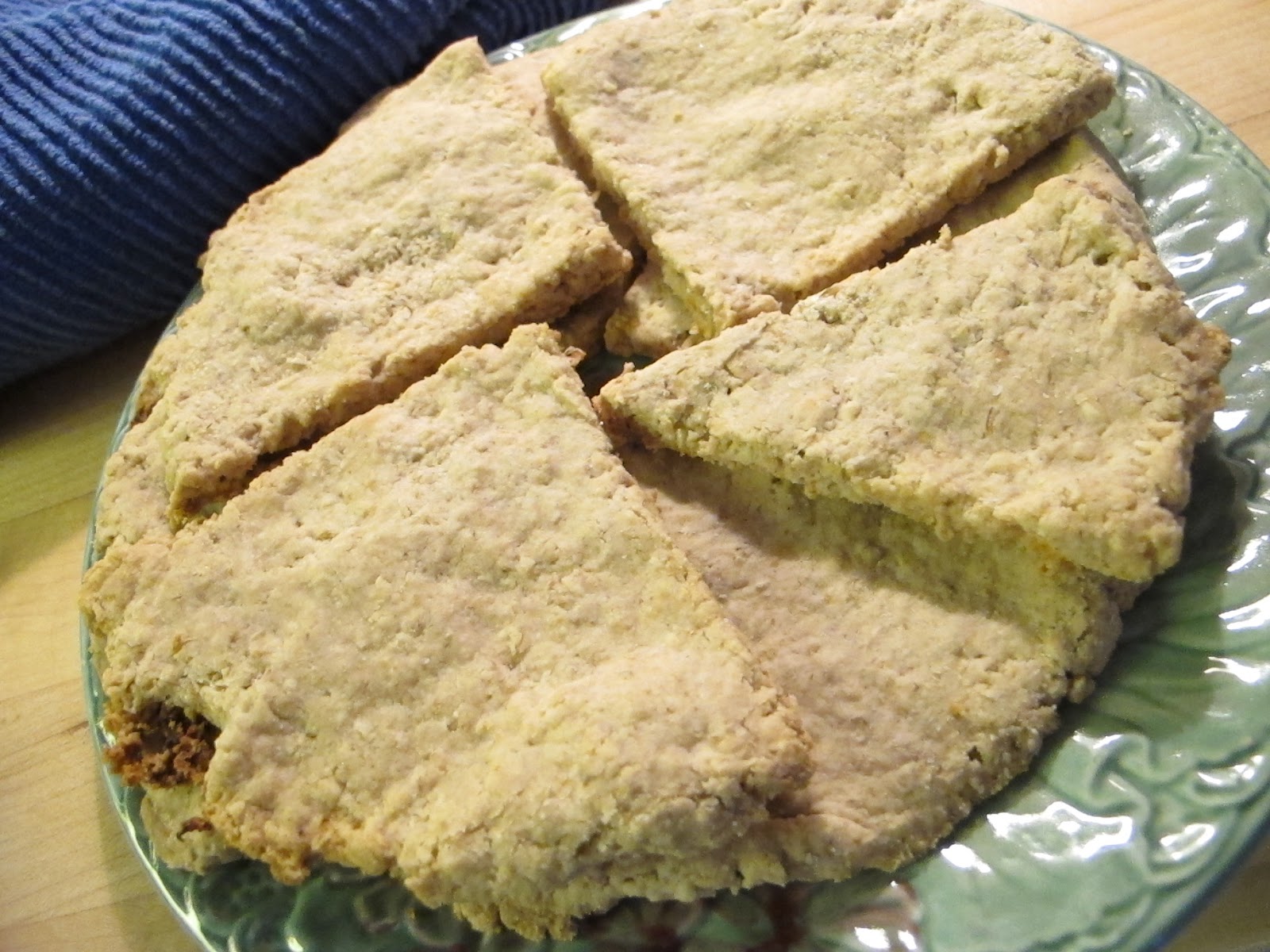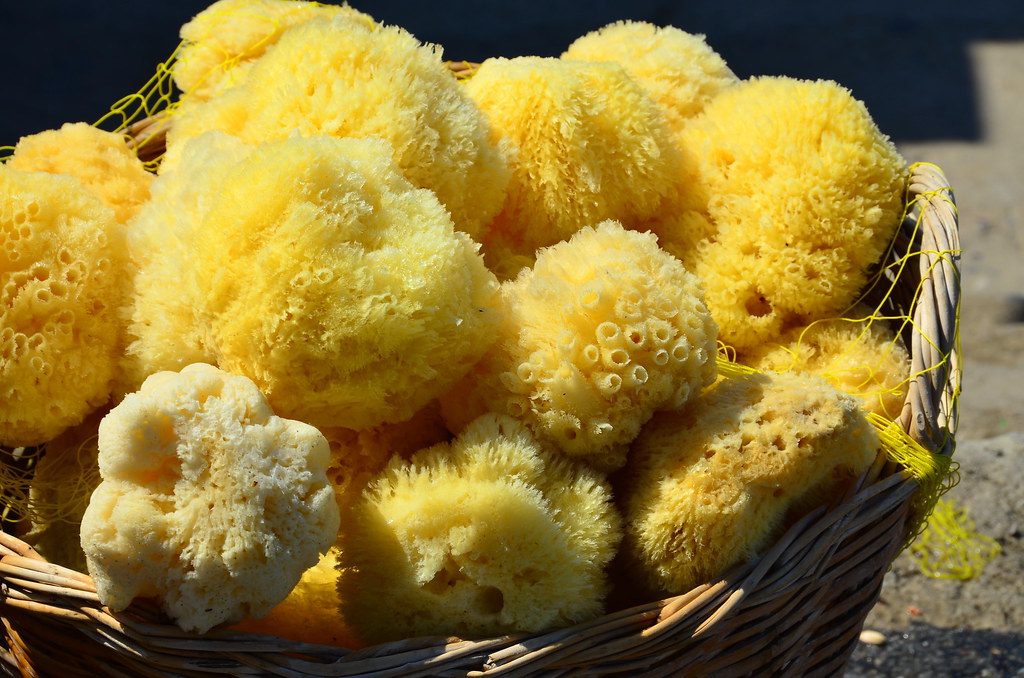Friday Fun Facts - 5/2/2014

Here are this week's Friday Fun Facts about Diana Gabaldon's books.

1) Bannocks, or oatcakes, are a traditional Scottish food. I had never heard of them before I read the OUTLANDER books.
Murtagh was seated at the kitchen table, industriously eating ham off the end of his dirk. Passing behind him with a platter, Mrs. Crook dexterously bent and slid three fresh hot bannocks onto his plate, hardly breaking her stride. Jenny was bustling to and fro, preparing and overseeing. Pausing in her progress, she peered over Murtagh’s shoulder at his rapidly emptying plate.Here's a recipe for bannocks from RampantScotland. And here is Outlander Kitchen's bannock recipe.
“Don’t stint yourself, man,” she remarked. “There’s another hog in the pen, after all.”
(From OUTLANDER by Diana Gabaldon, chapter 31, "Quarter Day". Copyright© 1991 by Diana Gabaldon. All rights reserved.)
For more information about bannocks, look here.

2) Horace Walpole (1717-1797) was a politician, author, and art collector -- and the son of the first British Prime Minister, Robert Walpole. Here he is in LORD JOHN AND THE BROTHERHOOD OF THE BLADE, offering his support to Lord John after Percy has been disgraced.
"I will do what I can. I promise you that, at least.”Walpole's CASTLE OF OTRANTO, published in 1764, is considered the first Gothic novel. For more about Horace Walpole, look here.
Walpole was not at all handsome, having a receding chin and a high, rather flat brow, but he was possessed of intelligent dark eyes, usually alive with interest or mischief. Now they were quiet, and very kind.
Grey couldn’t speak. It was a risk for Walpole to be connected in any way with such an affair. He lived quietly, and his own affairs never came to public notice, nor ever would. For him to sacrifice his discretion so far as to involve himself in what would be a notorious case was a remarkable gesture, and Grey was not a personal friend, though Walpole’s father had of course been a close friend to the duke.
He doubted that Walpole knew or suspected anything regarding his own nature, let alone his relationship with Percy. Even if he did, he would never speak of it, no more than Grey would mention Thomas Gray, the poet who had been Walpole’s lover for years.
(From LORD JOHN AND THE BROTHERHOOD OF THE BLADE by Diana Gabaldon, chapter 30, "A Specialist in Matters of the Heart". Copyright© 2007 by Diana Gabaldon. All rights reserved.)

3) This is a trundle bed from the Burnside Plantation in Bethlehem, PA. (Photo credit: Rhonda J Pagano, on Flickr.) As you can see here, the trundle, also known as a "truckle" bed, was designed to be stored underneath the main bed when not in use.
You may recall that Jemmy slept in a trundle bed in the cabin on Fraser's Ridge.
Most often, they made love at night, after Jem was asleep, whispering to each other in the hearth-lit shadows, finding each other among the rustling, secret layers of quilts and nightclothes. And while Jem normally slept as though he’d been poleaxed, they were always half-conscious of the small, heavy-breathing mound beneath the quilt of his trundle bed nearby.
(From A BREATH OF SNOW AND ASHES by Diana Gabaldon, chapter 4, "Serpent in Eden". Copyright© 2005 by Diana Gabaldon. All rights reserved.)

Here's another example, from the Allen House, an 18th-century house in Alamance County, NC.
For more about the history of trundle beds, look here.

4) These photos, part of a collection from the State Archives of Florida, show how workers in a Florida turpentine camp in the late 19th century harvested resin from pine trees to be made into turpentine, in much the same way that we saw Jocasta's slaves doing it at River Run in DRUMS OF AUTUMN.
"Look!” Ian said, pointing. “What’s that?”
I pulled up and walked my horse, along with his, to the tree he had pointed out. A great slab of bark had been taken off, exposing the inner wood for a stretch of four feet or more on one side. Within this area, the yellow-white wood was crosshatched in a sort of herringbone pattern, as though it had been slashed back and forth with a knife.
“We’re near,” Jocasta said. Jamie had seen us stop, and they had ridden back to join us. “That will be a turpentine tree you’re seeing; I smell it.”
We all could; the scent of cut wood and pungent resin was so strong that even I could have found the tree blindfolded.
[...]
"Here,” she said, touching the bottom of the cut, where a rough hollow had been chiseled out of the wood. “We call it the box; that’s where the sap and the raw turpentine drip down and collect. This one is nearly full; there’ll be a slave along soon to dip it out."
(From DRUMS OF AUTUMN by Diana Gabaldon, chapter 10, "Jocasta". Copyright© 1997 by Diana Gabaldon. All rights reserved.)

From Wikipedia:
In order to tap into the sap producing layers of the tree, turpentiners used a combination of hacks to remove the pine bark. Once debarked, pine trees secrete oleoresin onto the surface of the wound as a protective measure to seal the opening, resist exposure to micro-organisms and insects and prevent vital sap loss. Turpentiners wounded trees in V-shaped streaks down the length of the trunks so as to channel the oleoresin into containers. It was then collected and processed into spirits of turpentine.For more about the turpentine camps, look here.

5) Sponges (phylum Porifera) are among the oldest forms of animal life on Earth. This photo shows a basket full of sea sponges. (Photo credit: Gerard Ruiters, on Flickr.)
"Sponges are animals,” I explained. “Or to be more exact, stomachs. They suck in water, and just absorb everything edible as it passes through.”From Wikipedia:
“Ah, so that’s why Bree called the bairn a wee sponge. They do that.” He smiled at the thought of Jemmy.
“Indeed they do."
(From THE FIERY CROSS by Diana Gabaldon, chapter 18, "No Place Like Home". Copyright© 2001 by Diana Gabaldon. All rights reserved.)
Sponges do not have nervous, digestive or circulatory systems. Instead, most rely on maintaining a constant water flow through their bodies to obtain food and oxygen and to remove wastes.Here's a fascinating video about sponges.
I hope you enjoyed these Friday Fun Facts! Look here to see all of my Friday Fun Facts blog posts. And please come back next week for more!








Comments